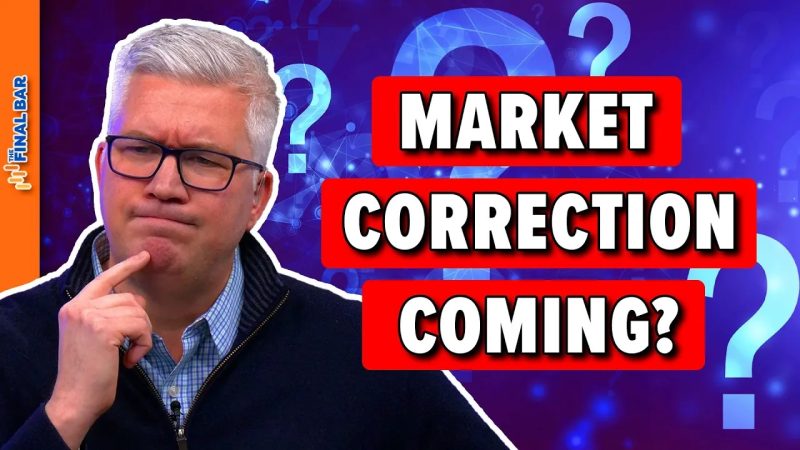
Market Correction Alert: Will the Recent VIX Surge Trigger a Shift?
As we delve into the financial world, understanding the behavior of the stock market can often be daunting for investors. Central to this comprehension is the concept of VIX Spikes. When a VIX spike occurs, it may signal a looming market correction, and noticing these signs can be crucial for investors.
Often referred to as the ‘Fear Index,’ the VIX (Volatility Index) is a real-time market index representing the market’s expectations for volatility over the coming 30 days. Investors generally view VIX spikes as a signal of heightened fear or uncertainty in the market. Such spikes often coincide with large sell-offs in the stock market, leading to a correlation with the assumption of an impending market correction.
A market correction refers to a short-term price decline of at least 10% in a stock, bond, commodity, or index from its recent peak. Corrections are a ubiquitous part of the stock market’s cycle of ups and downs and often manifest in response to specific events that generate overall negative sentiment among investors.
When the VIX spikes, it indicates that investors expect substantial volatility in the market, which is synonymous with increased risk. In other words, sharp increases in the VIX suggest that investors anticipate massive price swings in the market. During these periods of heightened volatility, market corrections become more likely simply because larger price swings can more easily lead to decreases of 10% or more.
Understandably, there’s a stark relationship between VIX spikes and market corrections. Historical data show that an increase in the VIX Index often precedes a market correction. After World War II, there have been 10 instances when U.S. stocks have corrected by 10% or more, and in each case, the VIX has spiked. This correlation is not perfect, though; the VIX can also spike during times of extreme bullishness when it might signal a market rally instead.
Given this, it’s essential to understand that while a VIX spike can signal a market correction, it is not the cause of the correction. It merely echoes the increased perceived risk in the market and investor sentiment. Thus, the relationship is not a simple cause-effect relationship but intertwined with elements of reflexivity.
Even though VIX spikes serve as an alarm bell to a possible market correction, they should not be used as the only indicator to make investment decisions. A combination of numerous economic indicators, fundamentals of the particular asset in question, and global macroeconomic news should be considered.
Since the VIX index measures
